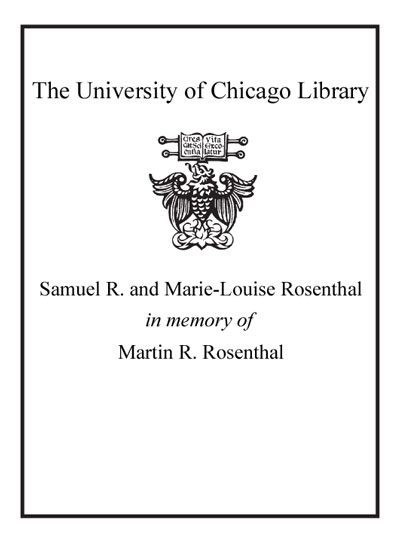Review by Publisher's Weekly Review
Imagine 129 full-page color plates of some of the most languid women ever painted in the West, one after another, and you'll have some idea of the cumulative effect of this book. It lacks a subtitle presumably because the title describes the book's contents so well on its own: the book tracks the female reclining nude from the early 16th-century geniuses Cranach and Tiziano (Titian) to the brutalism of Spencer and Freud (and the perversion of Balthus). Ferrara is a graphic designer teaching at Milan's European Institute of Design, and her selections have much less to do with art history than with visceral impact, art historian Frances Borzello's large-print, seven-paragraph introduction notwithstanding. The plates are crisply printed and beautifully presented, with all identifying text (aside from the artist's last name) banished to the back of the book. There are some clunkers (such as the four Wesselmanns that end the book), but being able to quickly compare Velasquez, Manet, Ingres, Millet, and Bonnard masterpieces of the form is worth the price of admission, even if the package is intellectually flimsy. (Nov. 25) (c) Copyright PWxyz, LLC. All rights reserved
(c) Copyright PWxyz, LLC. All rights reserved
Review by Library Journal Review
As these two books demonstrate, the female nude still inspires artists and scholars. In her personal "collection" of representations, graphic designer Ferrara (European Instit. of Design, Milan) sets forth over 129 colorful reproductions of reclining female nudes in an enlarged, horizontal, chronological arrangement, spanning Western art history from the Renaissance to the present. Her book showcases mainly European masterpieces of the early 20th century that are located in public art collections. Predominately graphic, the book also offers a brief author's note and a two-page introduction by Frances Borzello, a leading art historian in the field of female portraits. Whereas Ferrara's study mostly delights the eyes with a variety of images, many of which shaped the art historical canon, Prater's work provides intellectual enticement with 40 issues-oriented chapters covering all aspects of the first known female nude in Spanish painting. Prater (Freiburg Univ., Germany) argues that Diego Velazquez's Venus at her Mirror (the Rokeby Venus) constitutes a polysemic representation of the goddess rather than of a nude woman. To make his point, Prater compares the artist's painting to similar subjects by Titian, Paolo Veronese, Annibale Carracci, Peter Paul Rubens, and other Renaissance masters, among them Botticelli and Bellini. Prater further attempts to contextualize the work within the era of the Spanish Inquisition by linking it to the ancient Roman literary tradition that was revived and adapted in Italian art of the 15th and 16th centuries. Referring to later painting, including Goya's Naked and Clothed Majas, Prater reasserts the seminal nature of Vel zquez's masterpiece. Well documented and illustrated with 63 color and 15 black-and-white images, this translation from German includes some spelling mistakes, grammatical errors, leaps of the imagination, and hasty references to other images and texts. Still, while the author's viewpoint and methodological approach may not convince entirely, they significantly add to the art historical literature. Both publications are recommended for academic libraries, but owing to its mainly visual nature, Ferrara's compilation may be suited best for applied arts or gallery collections.-Cheryl Ann Lajos, Free Lib. of Philadelphia (c) Copyright 2010. Library Journals LLC, a wholly owned subsidiary of Media Source, Inc. No redistribution permitted.
(c) Copyright Library Journals LLC, a wholly owned subsidiary of Media Source, Inc. No redistribution permitted.
Review by Publisher's Weekly Review
Review by Library Journal Review

